How to Market Fragrances to those who are in the Perfume Game for Entertainment
We continue exploring what moves different segments of niche fragrance consumers (read more on this here). Today, we focus on those who are in it for entertainment – and other adjacent sub-segments.
The entertainment/mood lift category is somewhat similar to the art category, but more “democratized”. The target consumer is heavily into fragrances as a whole, but likes to smell a lot of new perfumes and frequently updates their collection. It is probably the largest segment of the fragrance community. They are more willing to try a new brand but also tend to shop a lot on the secondary market and rarely repurchase or buy backup bottles.
To cater to them, there should still be a fairly strong focus on the concept, but it should refrain from complex references to art, cinema, history, etc. The discovery phase would be very different as consumers would likely discover it accidentally (passively) rather than intentionally (actively). They would likely turn to the overall category first, where each brand is just one of many (e.g., by visiting online or brick-and-mortar retailers, Facebook groups, sampling/discovery services, etc.), and wouldn’t spend much time delving into the intricacies of the concept. Hence, the concept should be unique and interesting but presented in a very simple and concise manner. It also wouldn’t benefit from engaging longform content writers/reviewers from small social media accounts or written blogs (unlike the art category).
Another difference from the art category, where a unique concept may be more important than the uniqueness of the juice, is that here, a lot of effort should be put into not smelling like something else. In this category, the target consumer has a very erudite nose and an extremely large library of scents retained in memory. They will naturally associate the smell with something they have smelled before, thus making the idea seem unoriginal.
There are many specific marketing tactics that would apply to this category. Here are just a few that come to mind:
As much as we hate the idea of focusing on the notes in promotion, for this category, notes will be the primary entry point to getting familiar with the brand.
In a similar fashion, recommendation algorithms will play a big role in discovery. It makes sense to try to influence them by offering free samples with purchase of specific fragrances we want to be associated with. It will make it more likely to be shown to other users who visit pages of those reference products.
For this segment, “instagrammable” packaging is a must. It is also better to have different bottles/caps for different products in the line – customers in this category like showing off their collection.
Gamification techniques naturally come to mind in relation to this category. Examples include engaging consumers in fragrance creation by running concept or naming contests or offering voting options, offering surveys that segment consumers and recommend the best suitable fragrances from the line, etc. Again, a big caveat here is that unless done with a fair bit of wit and humor, these techniques may simplify the perception of the brand, and some consumers may find them cringy. These techniques should absolutely not be used for fragrances from the higher end of the niche segment.

